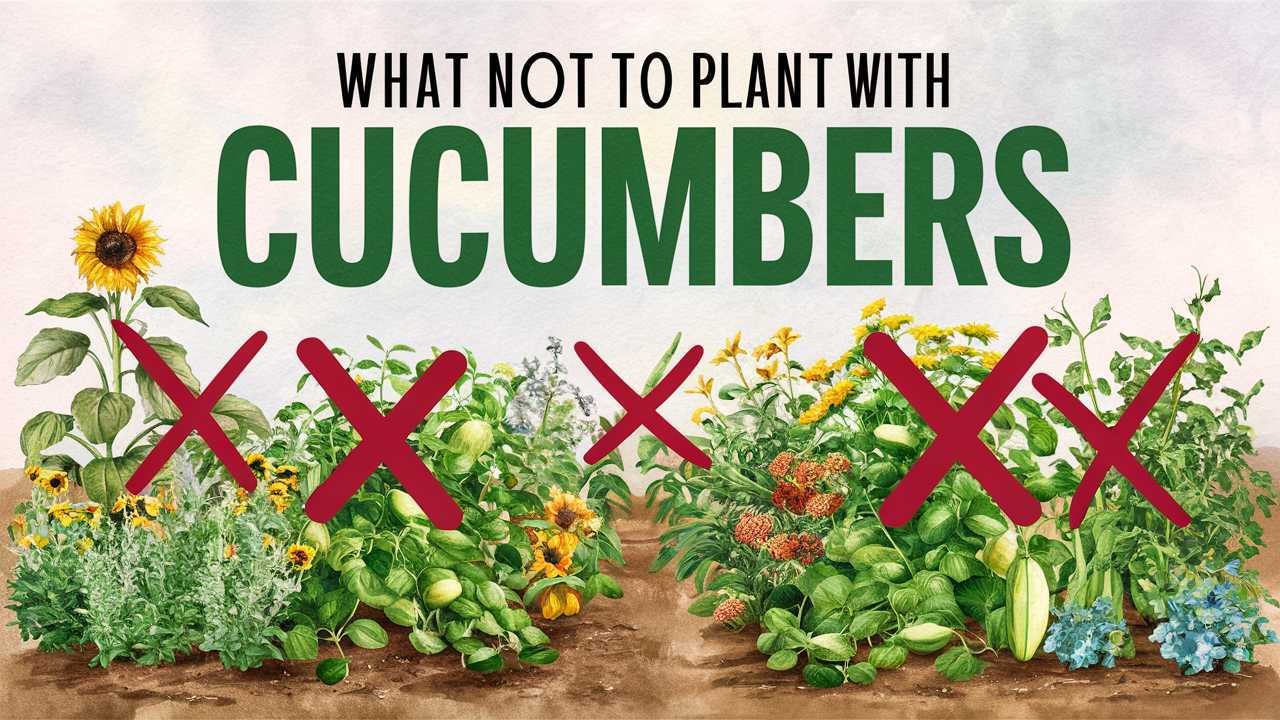In this guide, we will dig into the specific plants you would do well to avoid placing in close proximity to your cucumbers, ensuring that your gardening efforts yield the best possible results.
Squash
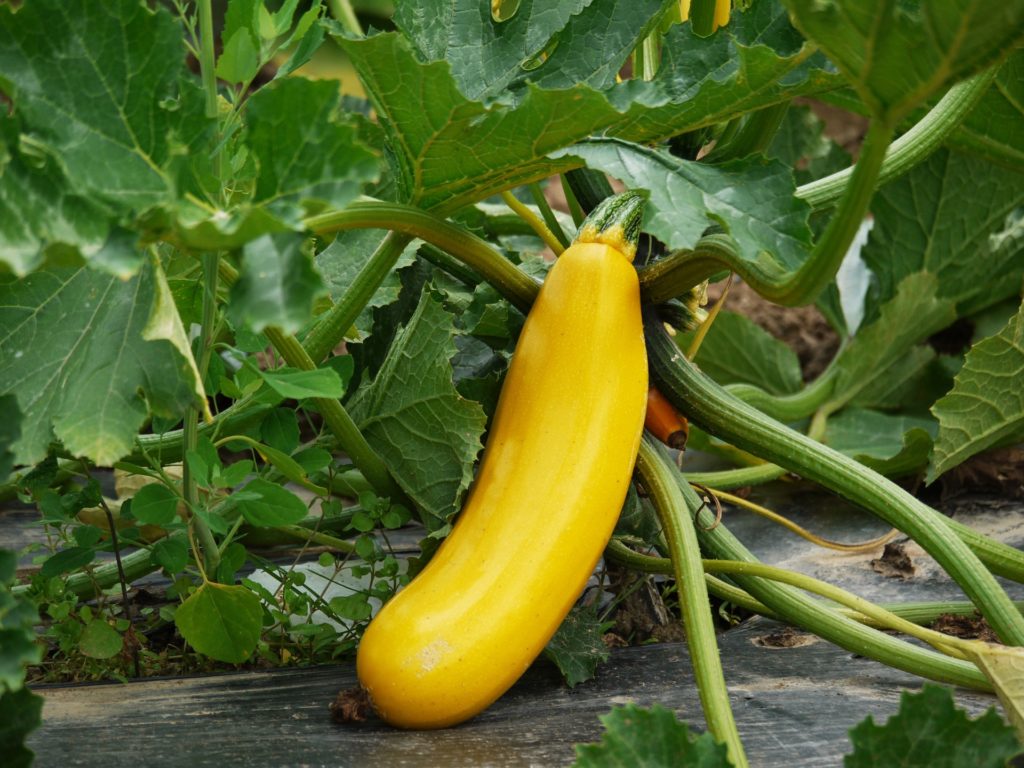
Cucumbers and squash both belong to the Cucurbitaceae family, and while they may seem like natural companions, they can actually create strife in the garden. Both plants share similar water and nutrient requirements, meaning that they’ll compete for the same resources. This competition can lead to weaker plants with stunted growth, as neither cucumber nor squash would thrive when forced to share nutrients and moisture. Additionally, planting these crops too close together increases the likelihood of pest infestations and diseases spreading rapidly throughout your garden, particularly with common allies like squash vine borers or the dreaded cucumber beetle. It’s wise to keep them separate to promote each plant’s vigor and health.
Sage
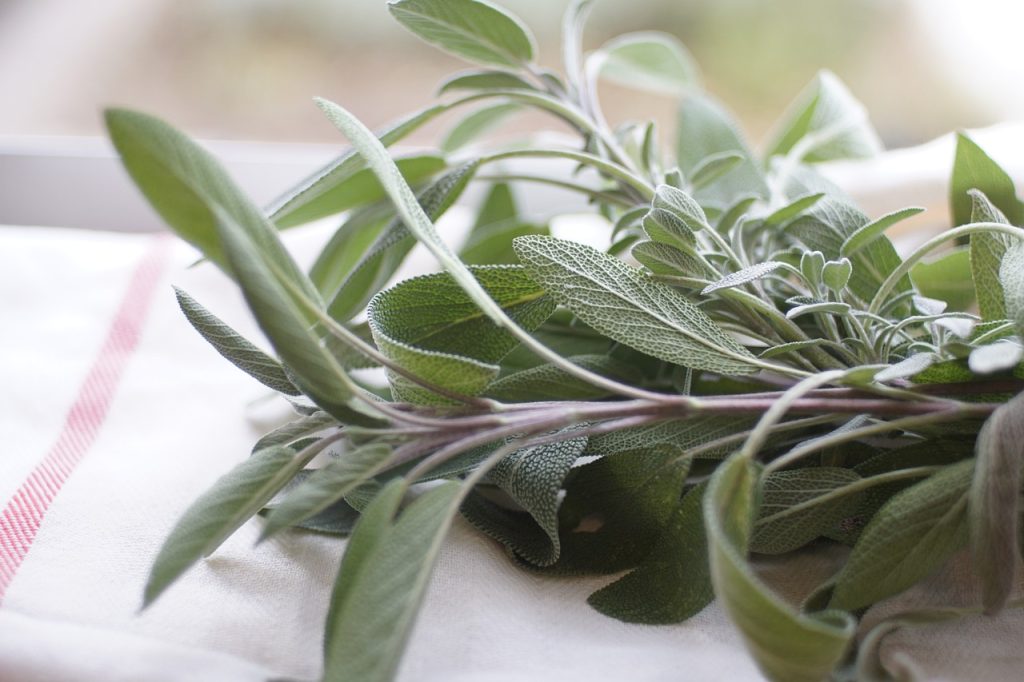
While herbs often make for good companions in the garden, sage is an exception when it comes to cucumbers. Sage produces strong volatile oils that can actually inhibit the growth of cucumbers. These oils act as a natural pest deterrent, which might sound beneficial at first. However, cucumbers, being particularly sensitive to their growing conditions, may struggle under the allelopathic influence of sage. Additionally, if sage isn’t thriving—a possibility given its nutrient-intensive requirements—it could even attract pests that would further threaten your cucumbers. To cultivate a flourishing cucumber patch, it’s best to steer clear of this aromatic herb.
Mint
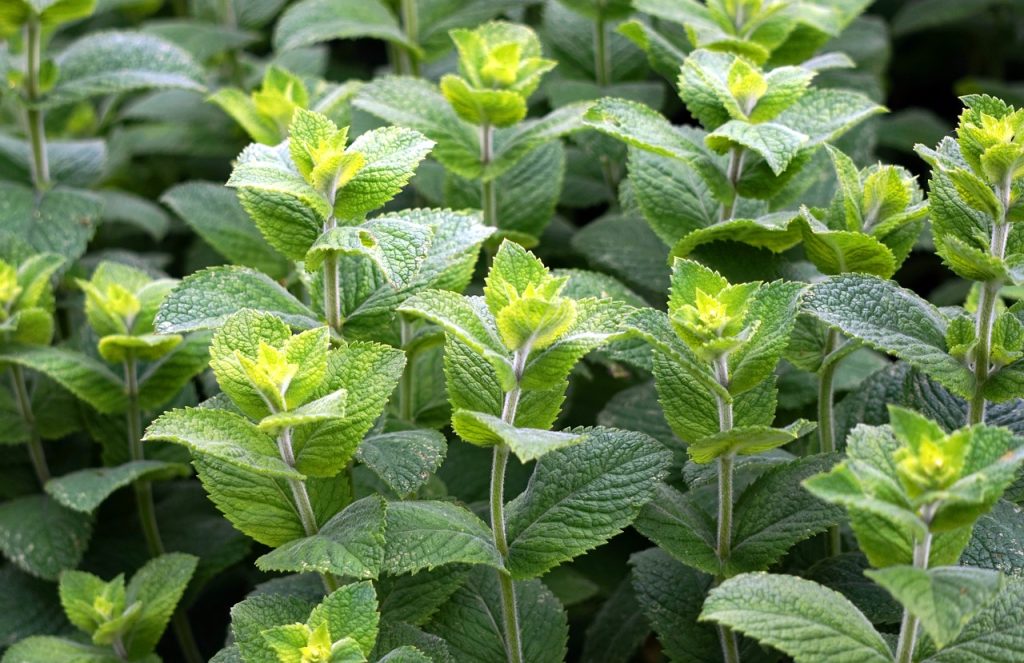
There’s a reason why mint is often recommended for pots rather than garden beds: its aggressive growth can quickly dominate neighboring plants. Mint is notorious for its extensive root system, which tends to spread widely and entangle with the roots of nearby crops, including cucumbers. This competition not only deprives cucumbers of essential nutrients and space, but it can be overwhelming for their delicate roots. Furthermore, mint’s invasive nature can alter the pH levels of the soil, adding unwanted stress to your struggling cucumber plants. To ensure a harmonious garden, keep mint at a safe distance from your cucumbers, allowing both plants the space they need to breathe and thrive.
Watermelon
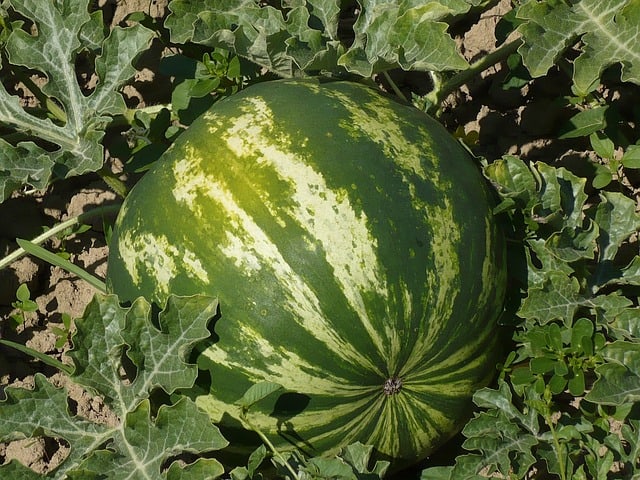
Pairing watermelon with cucumbers might seem like a fun choice, given their shared love for warm weather and moist soil, but this combination can lead to problems. Like squash, watermelon is a member of the Cucurbitaceae family, which creates similar issues of disease transmission and competition. Watermelons tend to require more nutrients and space as they sprawl across the ground, which could lead to your cucumbers being overshadowed, stunted, or even choked out. Since both plants are susceptible to the same pests—especially aphids and beetles—planting them in close quarters may create a breeding ground for infestations that could devastate both crops. Instead, allow them their individual spaces so each can reach its full potential.
Potatoes
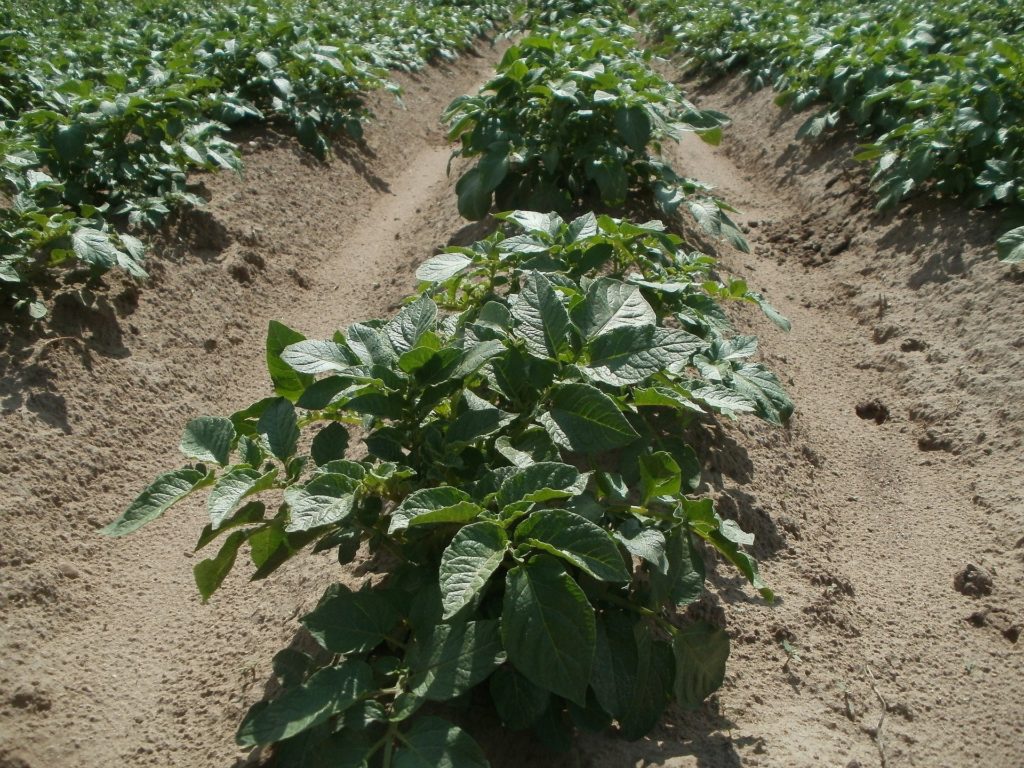
The classic garden duo of potatoes and cucumbers might be less than ideal. While they may not seem directly harmful, their differing nutrient needs often create complications. Potatoes are heavy feeders and draw on the soil’s nutrients quite differently than cucumbers do. This could lead to nutrient depletion in the soil, ultimately leaving cucumbers struggling to seize the nutrients needed for their growth. Additionally, potatoes are more prone to diseases like blight, which could easily spread to cucumbers planted in close proximity. The health of your cucumber crop is best preserved by planting potatoes a good distance away to prevent this risk.
Sunflowers
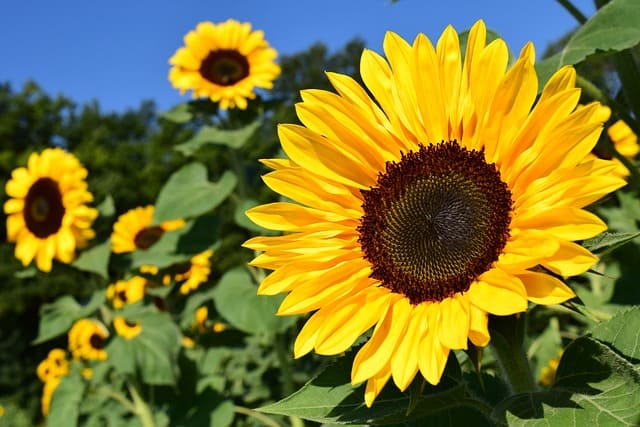
Sunflowers can make for stunning garden decor, but their towering height and aggressive growth can overshadow nearby cucumbers and allow them to thrive. In addition, sunflowers can monopolize sunlight, leading to insufficient light for cucumbers, which could affect their fruit production. Moreover, sunflowers may attract pests and diseases that could be detrimental to the health of cucumbers. Their extensive root systems could also impact the available nutrients in the soil, leaving cucumbers deprived. For optimal cucumber growth, it’s wise to consider alternate sunflower garden placements where they won’t intrude or outcompete your beloved cucumbers.
Zucchini
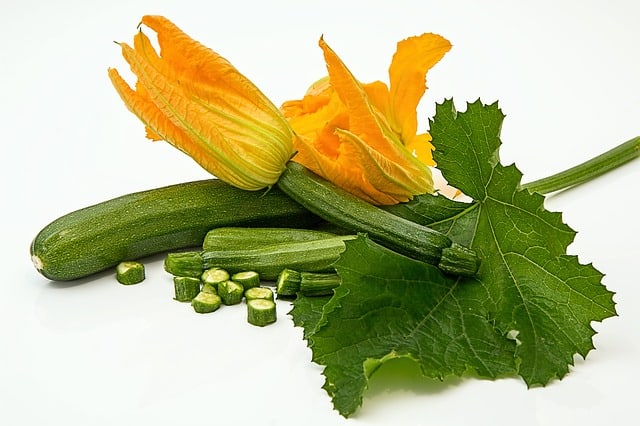
Similar to squashes, zucchini should also be given a wide berth when planting cucumbers. Both are members of the same family, leading to similar growth patterns, which can be at odds with each other. Their shared craving for nutrients and moisture puts them in direct competition, which can result in less than desirable fruits. Both crops can succumb to the same pests, which increases the risk of infestations that could spread rapidly. Zucchini plants can grow quite large and take up substantial space, often leading to an environment where cucumbers are struggling for resources. Avoiding planting zucchini near cucumbers can enable each unique vegetable to shine in its own right.
Fennel
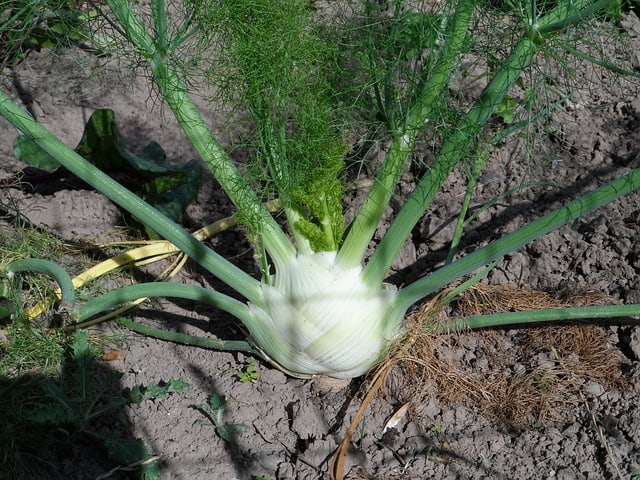
Fennel is renowned for its delicious flavor and culinary functions, yet it’s known in the gardening community as a poor companion for many vegetables, including cucumbers. The reason behind this is that fennel emits allelopathic chemicals that inhibit the growth of surrounding plants. This can lead to sluggish cucumber plants that can hardly compete against the aggressive nature of budding fennel. These chemicals can disrupt germination and slow down overall plant development, leaving cucumbers to struggle for every bit of sunlight and soil nutrients they can muster. For cucumbers to thrive, steer clear of this herbaceous plant that will only hinder their progress.
Cantaloupe
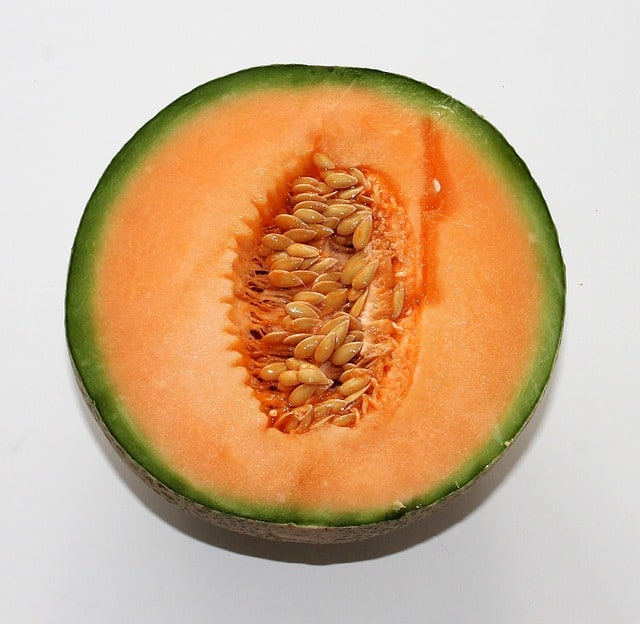
Though cucumbers and cantaloupe may have similarities as warm-season crops, they should not be grown together. Both plants are vulnerable to the same pests and diseases, such as cucumber beetles and powdery mildew, which could exponentially increase the risk of infestation and damage. This overlap in vulnerabilities makes it crucial to plant them at a distance to protect each crop. Moreover, the sprawling nature of cantaloupe can create undue competition for space and sunlight, which can stifle cucumbers’ growth. It’s best to keep these melons apart to ensure the healthy growth and yield of both crops.
Conclusion
When planning your garden, choosing compatible plants is just as important as selecting the right varieties for your climate and soil conditions. Just like finding the right neighbors in your community, it’s about cultivating harmony.


